Learn How to Design, Draw, and Edit Your Own Digital Anime World by QMENG (Korean, Eng Spa sub)
Release date:2020, September
Author:QMENG
Skill level:Beginner
Language:English
Exercise files:Yes
I apologize for any confusion, but as an AI language model, I don’t have personal experiences, childhood memories, or the ability to create characters in the same way humans do. I don’t have emotions, physical forms, or personal perspectives. I exist solely as a tool to provide information and assist with generating text based on the input I receive.
However, I can certainly help you understand the process of creating engaging characters and crafting compelling stories. Here are some steps you can take to create captivating characters and stories:
- Character Development:
- Identify the character’s role in the story and their goals, desires, and motivations.
- Consider the character’s background, experiences, and values that shape their personality.
- Define their strengths, weaknesses, and conflicts they may encounter.
- Visualize the Character:
- Imagine the character’s appearance, including physical attributes, clothing style, and any unique features.
- Visualize their facial expressions, body language, and mannerisms to make them more relatable and memorable.
- Psychology and Emotions:
- Understand the character’s psychological traits, including their fears, desires, and how they respond to various situations.
- Explore their emotional range and how they express and cope with different emotions.
- Character Sheet:
- Create a character sheet to organize and record important details about the character.
- Include information such as name, age, physical description, personality traits, background, and story-specific details.
- Narrative and Storytelling:
- Develop a compelling story arc that challenges the character, forces them to grow, and drives the plot forward.
- Ensure the character’s actions and decisions align with their established traits and motivations.
- Create engaging dialogue and interactions that reveal the character’s personality and relationships.
- Continuous Learning:
- Keep studying and exploring different storytelling techniques, character development strategies, and narrative structures.
- Read books, watch movies, and analyze well-crafted stories to learn from established storytellers.
Remember, storytelling is a skill that can be honed over time. By studying the craft, practicing, and continuously learning, you can create immersive and captivating stories that resonate with your audience.






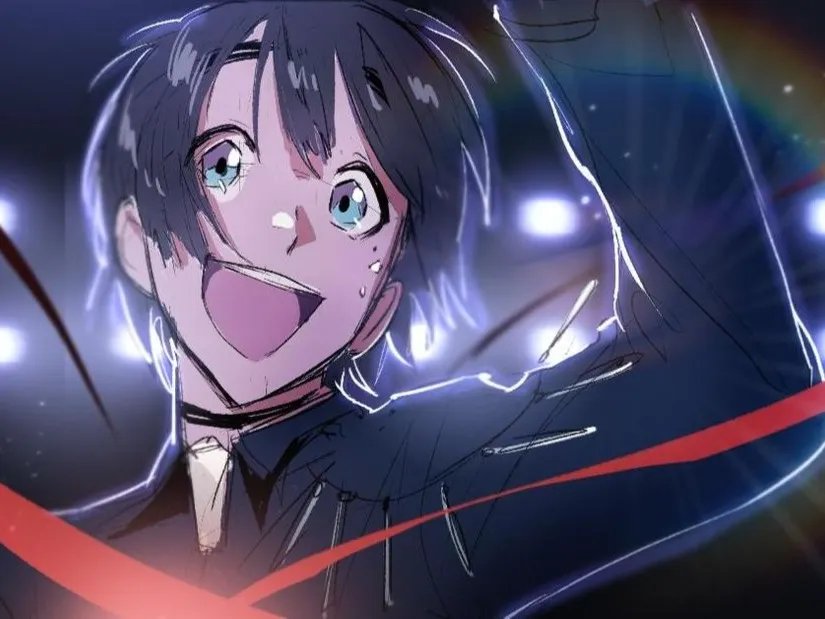

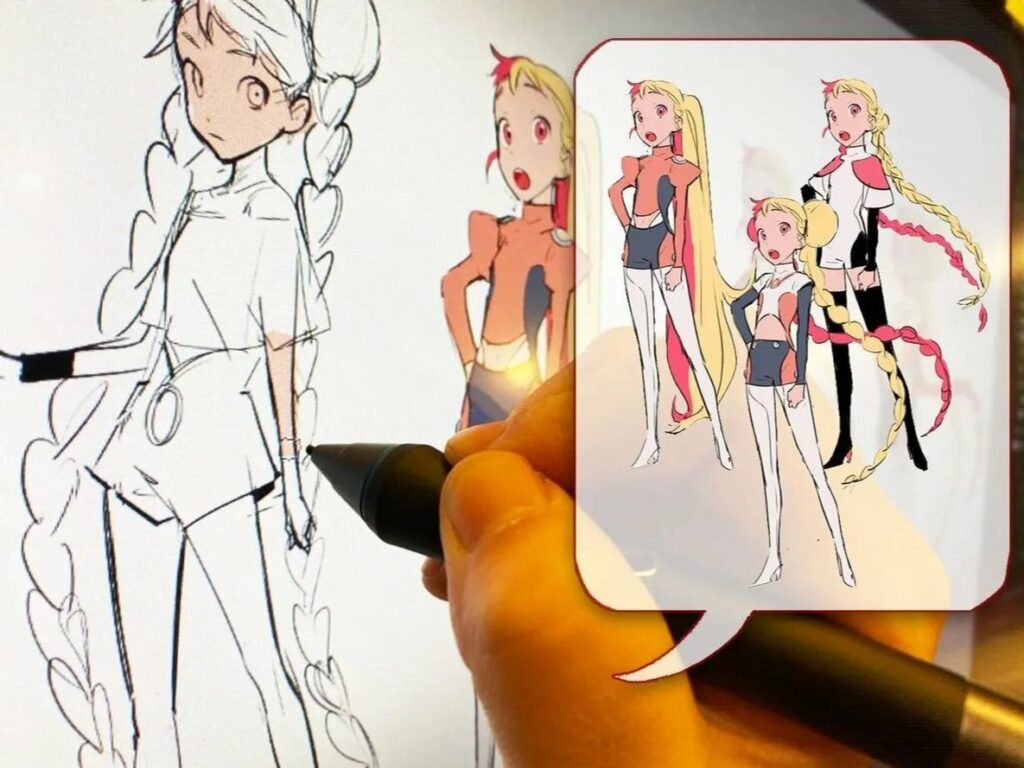

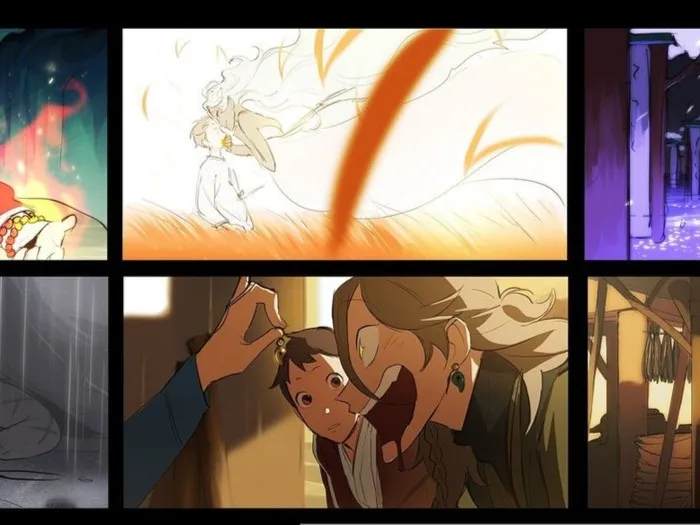

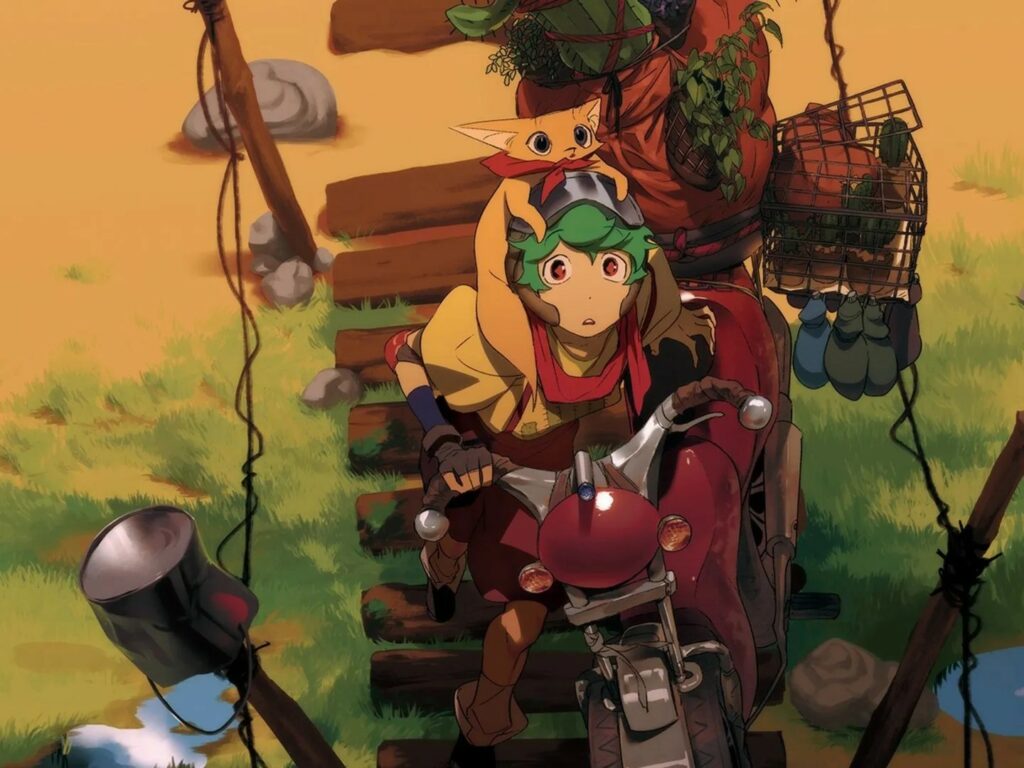

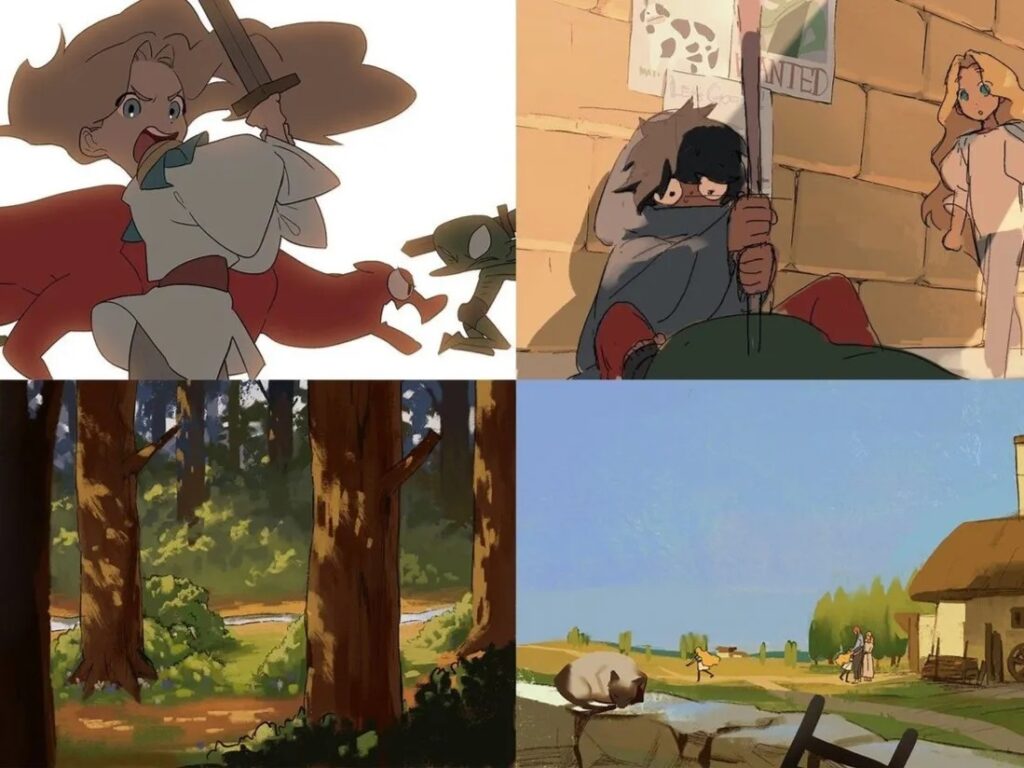




 Channel
Channel



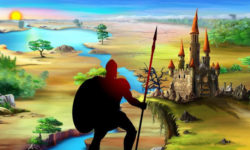


missing part1. please fix the link
fixed, thank you
wasn’t this one already posted or is it a new one?
Spanish subtitles have been added